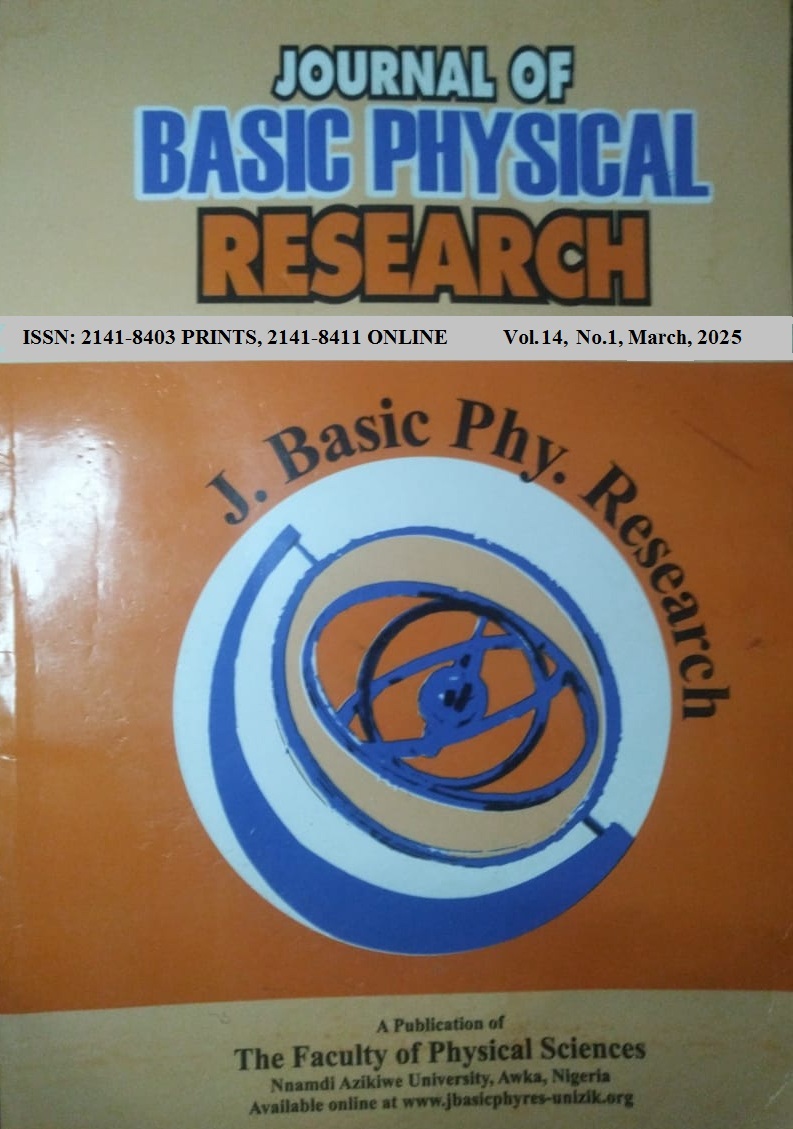THE SUITABILITY OF ILLITIC CLAYS FROM LEKE-ONUEME SOUTHEASTERN NIGERIA FOR THE PRODUCTION OF DURABLE STONEWARE TILE CERAMICS
Keywords:
Bricks, Clay Minerals, Earthenware Products, Stoneware Tiles Ceramics, Floor TilesAbstract
Abstract
Illitic-rich clays, with their hygroscopic properties, are widely valued in brick-making and stoneware tile
ceramics. This study investigates the mineralogical, geochemical, and technical properties of illitic-rich
clays from Leke-Onueme, Southeastern Nigeria, as a viable raw material source. Technological tests,
including firing linear shrinkage, water absorption, mass loss, bulk density, and flexural strength, were
conducted on cylindrical specimens at temperatures ranging from 800 to 1000°C. XRD analysis revealed
that the clays are interstratified with illite-kaolinite, containing significant amounts of quartz and minor
flux-inducing minerals. Geochemical results indicated substantial SiO₂ (49.02-54.14%), Al₂O₃ (6.52
6.93%), and K₂O (1.02-1.41%) content, with a sum of exchangeable bases (CaO+MgO+Fe₂O₃+Na₂O+K₂O)
between 15.84% to 19.77%, suggesting a high fluxing oxide content favorable for glassy phase formation
and vitrification at lower temperatures. The clay workability chart confirmed acceptable extrusion
characteristics, and organic matter content along with loss on ignition values were positive across samples.
Mechanical strength improved notably with temperature due to dense, vitrified, and sintered microstructures
facilitated by the fluxing action of minor oxides. Illite and kaolinite concentrations, alongside quartz content,
contributed to the clays' firing behavior, promoting vitrification and hematite crystallization that resulted in
coloration. The extensive analysis showed that the clays meet the American Society of Testing Materials
(ASTM international) and Chinese standards for ceramic production. This also confirms their viability as
high-quality raw materials for manufacturing of stoneware tiles, bricks, roof tiles, binders, and other
structural components, indicating significant potentials in ceramic production.


